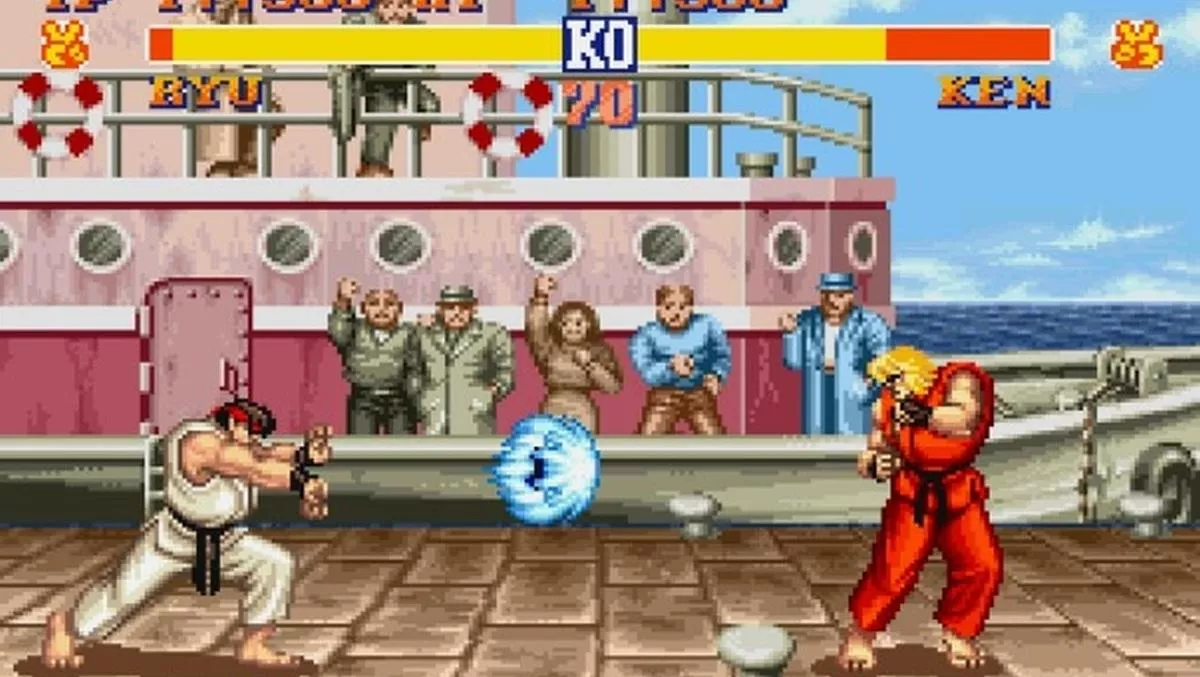
The Best of - Arcade Games
Video gaming was born in the arcades. Taking a look at arcade gaming now, especially in New Zealand, and few can comprehend the impact that the first black and white games had on the world. Arcade games blew the minds of all that encountered them and created such a ripple in the entertainment industry that we still can't fully understand their importance, even now.
Crude one-dimensional line games paved the way for today's interactive extravaganzas and provided the inspiration to many future game developers and artists. Arcade gaming can really be traced back to one major company that revolutionised the industry way back in 1972.
They took a basic computerised version of Ping Pong and turned it into a phenomenon. Atari's Pong gave us a simple game that involved the bouncing of a couple of pixels across a black and white screen and trying to score. That simple concept was overwhelmingly successful for Atari and lead the company to create some of the most well-known and played games ever.
Another icon of the arcades was successful despite being neither Pac nor man. Pac-Man was launched by Namco way back in 1980 to astounding results. They took a simple enough concept and beautifully expanded it. Pac-Man became a cult of epic proportions, becoming one of the first games to enter to popular consciousness and was responsible for one of the first female-skewing titles in Ms Pac-Man.If there's one genre that has never really translated that well to the home consoles it's the arcade shooter. Apart from the unorthodox screen layout, where the horizontal axis was smaller than the vertical; shooters also were heavily reliant on the joystick for absolute control.
Of course all shooters could be traced back to one brilliantly conceived game.When it comes to well-known and well-loved arcade games, it's hard to go past the original shooting experience Taito's Space Invaders. Presenting the ultimate battle against the clock and the enemy, Space Invaders required gamers to think and act fast in order to progress through it. So successful was the game in Japan that it caused a national crisis as avid gamers poured millions of yen into arcades and forced the government to quadruple manufacturing as a response.
The golden age of shooters saw titles like Atari's Asteroids, Namco's Galaga, Capcom's 1942, Konami's Gradius, Irem's R-Type and Seibu's Raiden all come out within a few years of each other and find legions of fans waiting for the next great fix. Even Star Wars got the arcade shooting experience in with of the most iconic cabinets of all time, sparking an unfortunate obsession with movie-licensed games that continue today.
While in another part of Japan there brewed the creation of another gaming icon. In early 1981 Nintendo was still trying to crack the American arcade arena, a task they laid on young designer Shigeru Miyamoto. Miyamoto came at arcade gaming from an entirely different direction, actually designing a storyline to lay the action on. His simple love-triangle storyline drew in elements of Beauty and the Beast and blended them with King Kong to birth the genius that was Donkey Kong. Donkey Kong not only revolutionised the platforming world but was the first appearance of a certain legendary Mario.
Another title that was to change the way that video gaming was perceived in the public eye was the classic Dragon's Lair in 1984. It sits alongside Donkey Kong as one of the very first games to attempt to bring a storyline to the forefront of the arcade experience.
By utilising the power of high capacity laserdiscs, Cinematronics was able to craft an adventure story that felt like a movie, but a movie in which the gamer controlled where the story went. Inspired at the time, Dragon's Lair would go on to have a huge impact on gaming as a whole.No look at the greatest arcade games is complete without the master of fighting games, Street Fighter 2.
Although it was prefaced by an uninspiring and lackluster original, Street Fighter 2 was the ultimate two-player game and spawned entire tidal waves of gaming mechanics, most of which are still prevalent today. Its influence was especially pronounced in New Zealand with hundreds of fish and chip shops still harbouring a dusty, faded cabinet and the cries of "seconds bro" still being heard around the country.
When Midway's Mortal Kombat first hit the arcades in 1992 is was a revolution in gaming. Directly competing with Capcom's Street Fighter 2, Mortal Kombat was dramatically different, aiming at an older audience and scrapping some of the Street Fighter 2 conventions (fatalities, blood and a block button!). Countless sequels have diluted the franchise slightly, but few games can rival the sheer spine-chilling feeling players received upon the call of FINISH THEM!
Midway teamed up with Nintendo and Rare in 1994 to present a graphical breakthrough in Killer Instinct. Although the game was light in terms of refreshing gameplay, it presented an unparallel graphical style. Killer Instinct utilized pre-rendered backgrounds and beautifully detailed characters to create the illusion of real-time 3D rendering.

